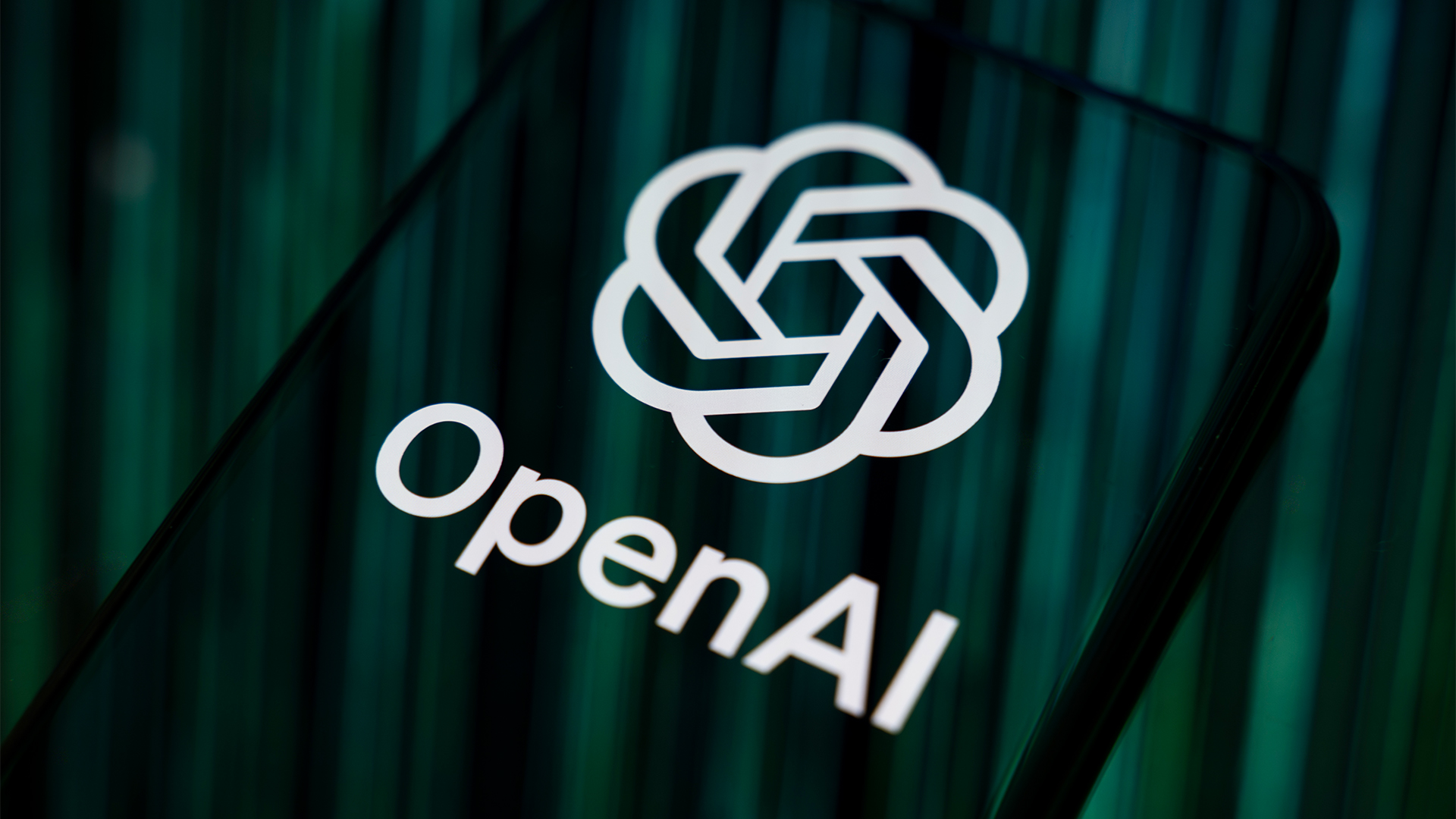Xerox Phaser 6180VDN
Xerox tackles the mid-range colour laser market, but will its latest low-price business printer in the Phaser line outperform cheaper entry-level models?


This is an excellent, medium-level colour laser printer, suitable for use as a colour printer in a small business or as one of several, workgroup machines in a larger organisation. It's easy to maintain and relatively inexpensive to run and the print quality is as good as you're likely to see in this price range.
These times equate to speeds of 15.8ppm for black and 12ppm for colour, but knowing how printer makers measure print speeds, they're not too bad. Increasing the print run from five text pages to 20 gave a print speed of 21ppm, not far off the Xerox figure.
The speeds are all for single-sided prints, but the Phaser 6180VDN can produce duplex print as standard and printing our same 20-side test piece as a double-sided document produced a speed of 15.4ppm. The speeds are all very respectable for this class of machine and we have no complaints.
We also have no complaints about print quality. Black text print is extremely sharp and well-defined, something most companies would be more than happy to provide to their customers, as well is for internal documents.
Colour graphics are also clean and vivid, giving good, dense colours to business graphics and doing a very passable job of reproducing colour photographs. Many colour laser printers, with their smaller range of hues than comparable ink-jet machines, leave colour photos looking gaudy, but here the colours are more muted and consequently more natural.
The Phaser 6180VDN isn't a particularly noisy printer, either. Xerox quotes a sound level when printing of 49dBA and we wouldn't argue with that. Since some equivalent machines can peak at over 60dBA, the sound level here should be acceptable in most, typical offices.
Drum and toner cartridges are available in capacities of 2,000 colour pages and 3,000 black, or 6,000 colour pages and 8,000 black, if you go for the high-yield versions. Using current internet prices on the higher capacity cartridges yields page costs of 2.2p for black and 8p for colour. These costs are lower than from most of the colour lasers we've looked at recently and represent a good overall running cost, given the relatively infrequent needs for maintenance and the simplicity of swapping cartridges.
Despite its slightly dated looks, the Xerox Phaser 6180VDN is a very serviceable colour printer in most of the environments you would use such a machine. The only things we could possibly criticise it for, neither of which are deal-breakers, are a USB socket for walk-up printing and a larger paper input tray.
Sign up today and you will receive a free copy of our Future Focus 2025 report - the leading guidance on AI, cybersecurity and other IT challenges as per 700+ senior executives
Verdict
This is an excellent, medium-level colour laser printer, suitable for use as a colour printer in a small business or as one of several, workgroup machines in a larger organisation. It's easy to maintain and relatively inexpensive to run and the print quality is as good as you're likely to see in this price range.
600dpi, 25ppm A4 duplex colour printer
400 x 493 x 470mm
250-sheet paper tray plus 150-sheet multi-purpose feed
60,000 page monthly duty cycle
USB 2, Ethernet and parallel connections
PCL and Postscript L3 drivers
-
 Qualcomm the data center with $2.4 billion Alphawave Semi acquisition
Qualcomm the data center with $2.4 billion Alphawave Semi acquisitionNews The move sees Qualcomm absorb Alphawave Semi’s portfolio of custom silicon, high-speed connectivity solutions, and chiplets
By Daniel Todd Published
-
 ‘If software development were an F1 race, these inefficiencies are the pit stops that eat into lap time’: Why developers need to sharpen their focus on documentation
‘If software development were an F1 race, these inefficiencies are the pit stops that eat into lap time’: Why developers need to sharpen their focus on documentationNews Poor documentation is a leading frustration for developers, research shows, but many are shirking responsibilities – and it's having a huge impact on efficiency.
By Ross Kelly Published
-
 OpenAI says GPT-5.2-Codex is its ‘most advanced agentic coding model yet’ – here’s what developers and cyber teams can expect
OpenAI says GPT-5.2-Codex is its ‘most advanced agentic coding model yet’ – here’s what developers and cyber teams can expectNews GPT-5.2 Codex is available immediately for paid ChatGPT users and API access will be rolled out in “coming weeks”
By Ross Kelly Published